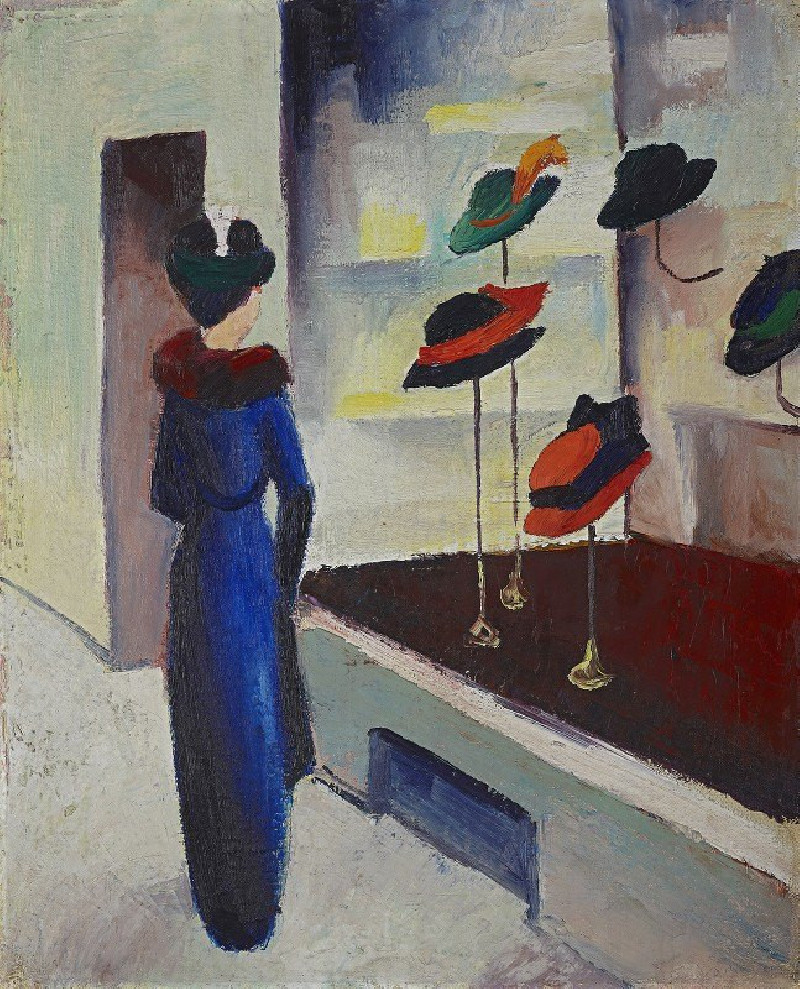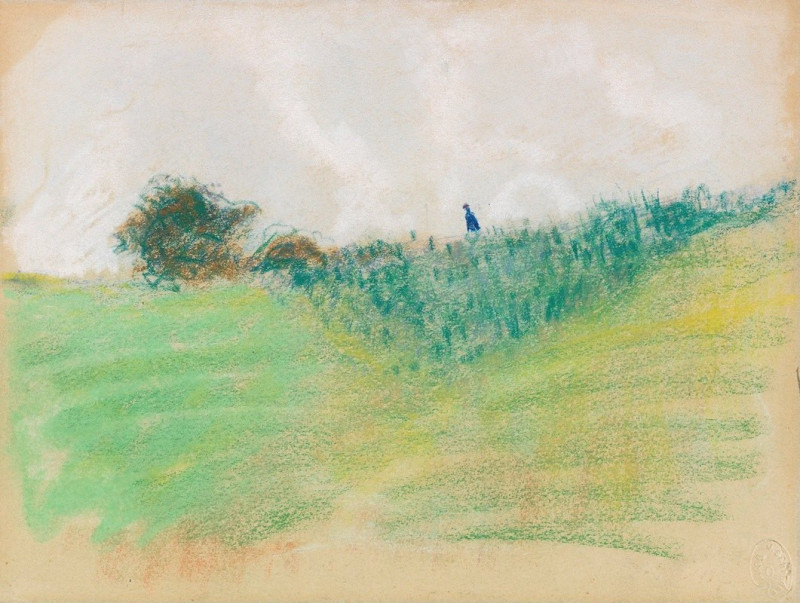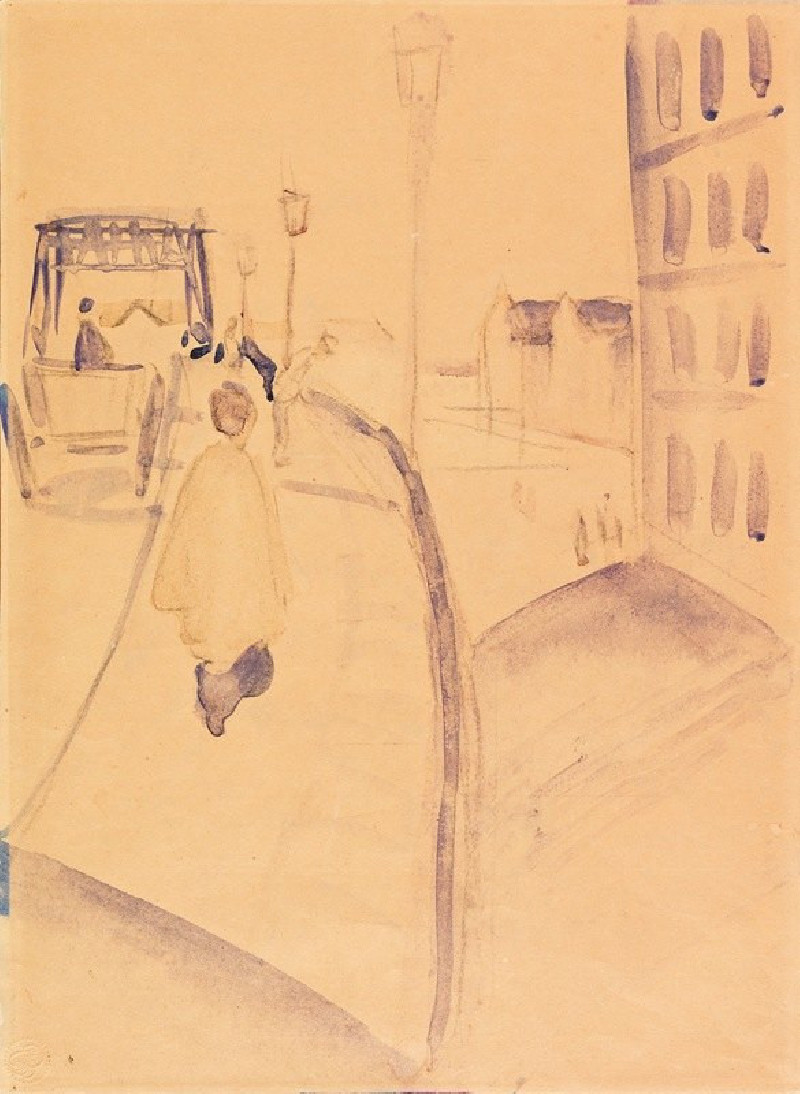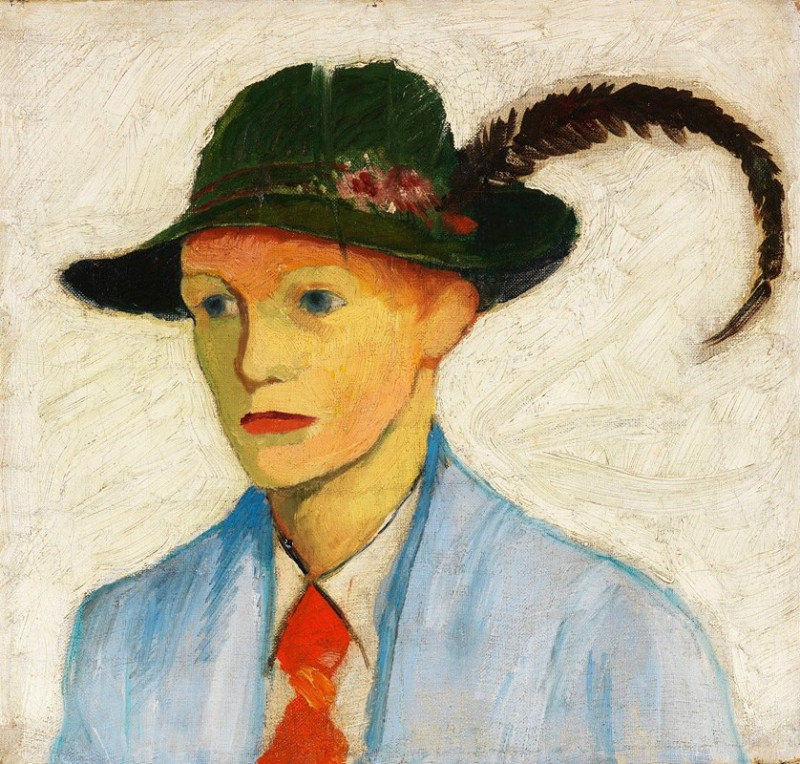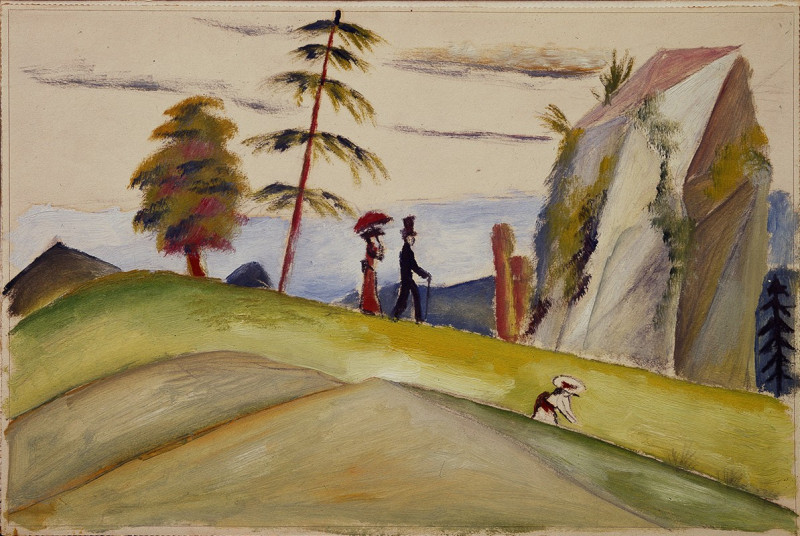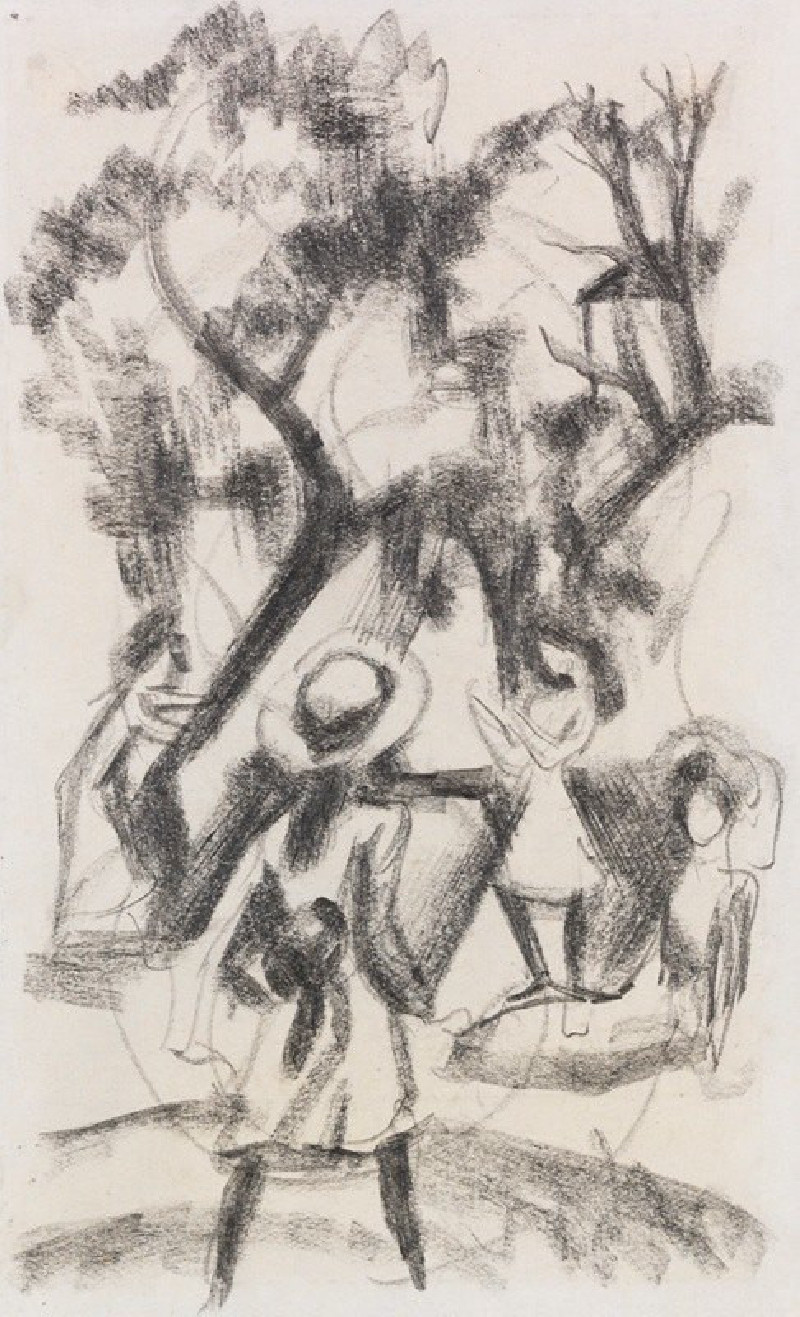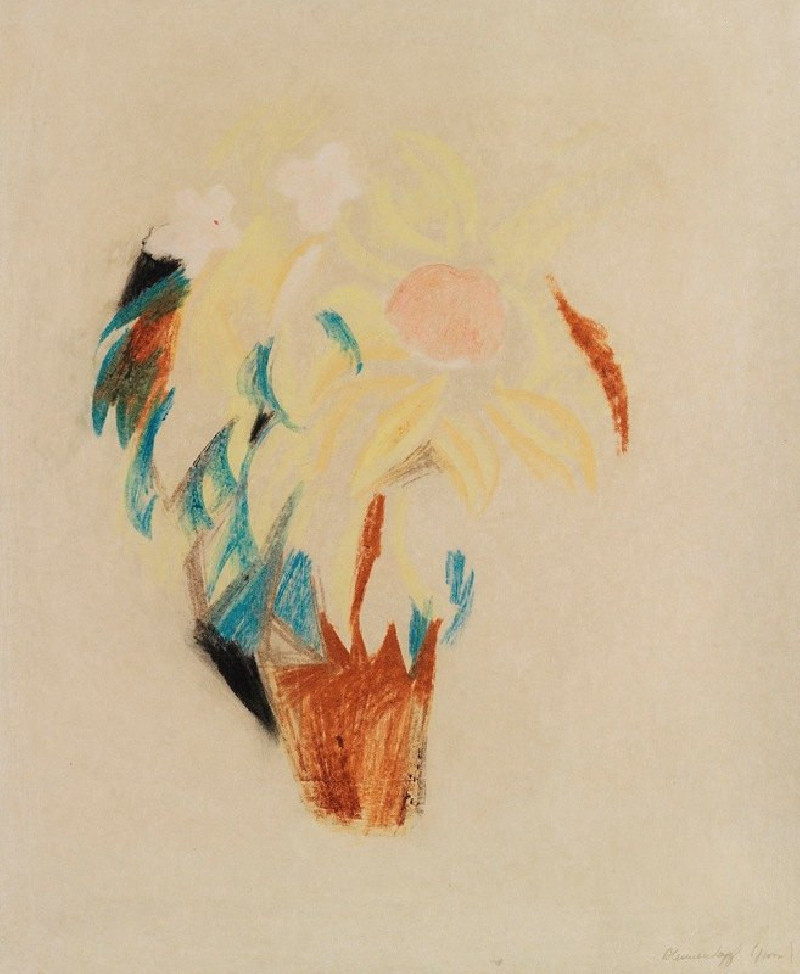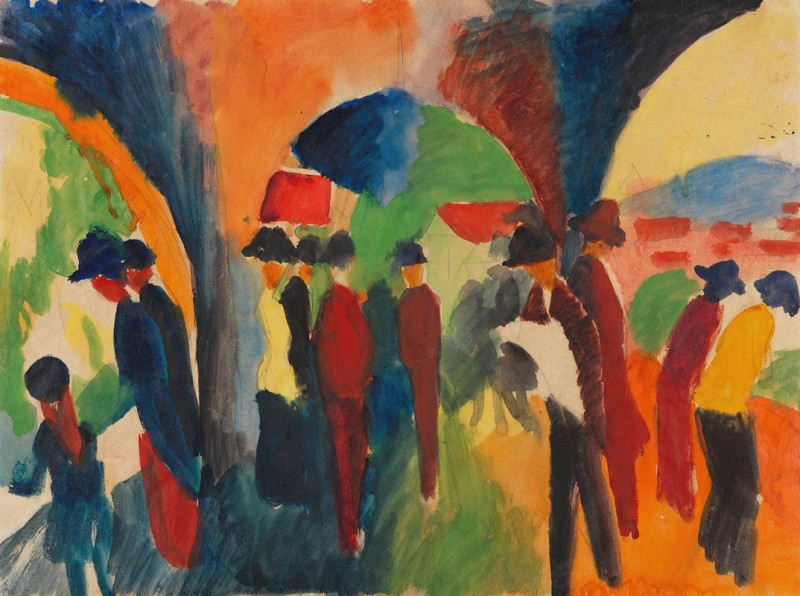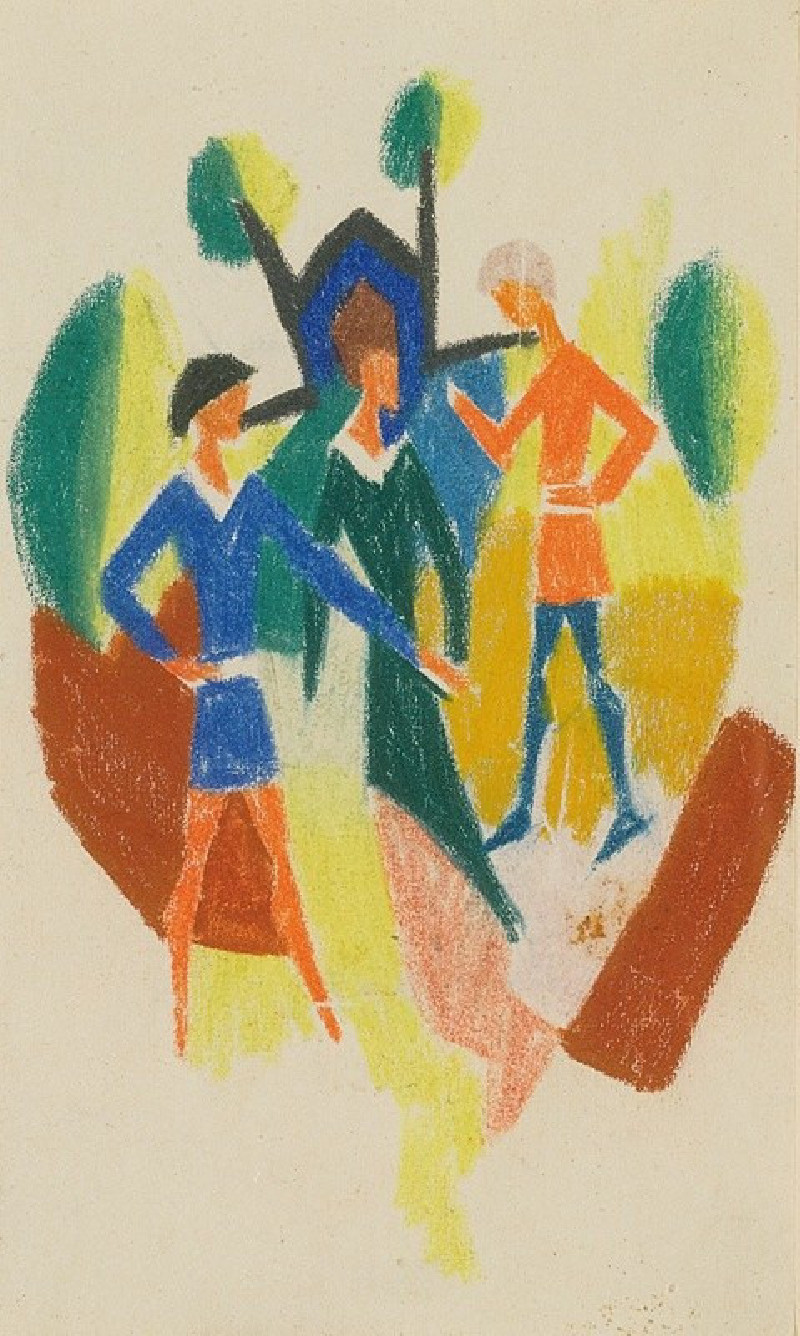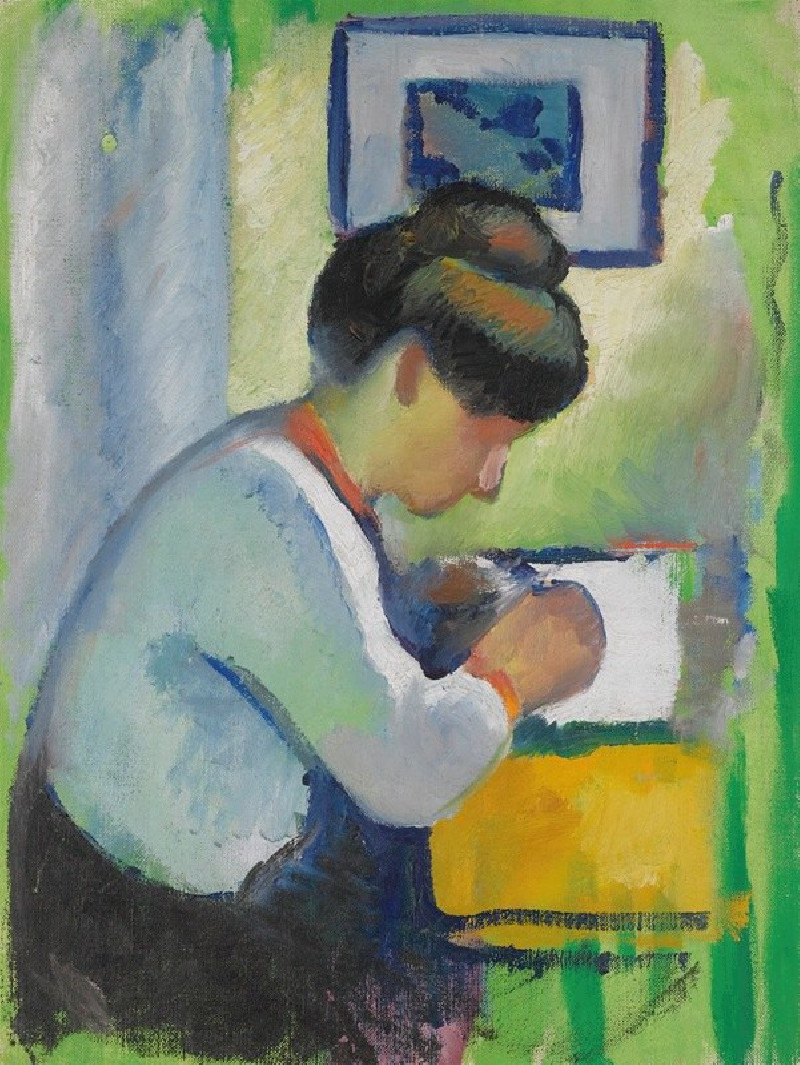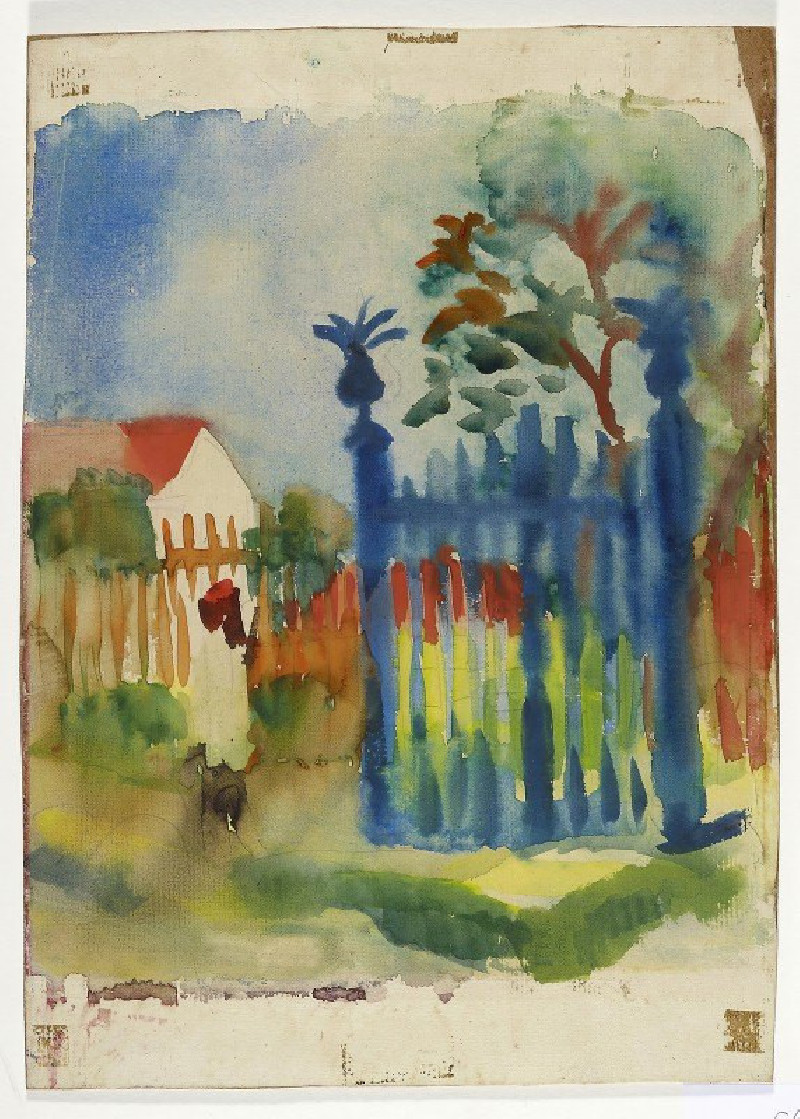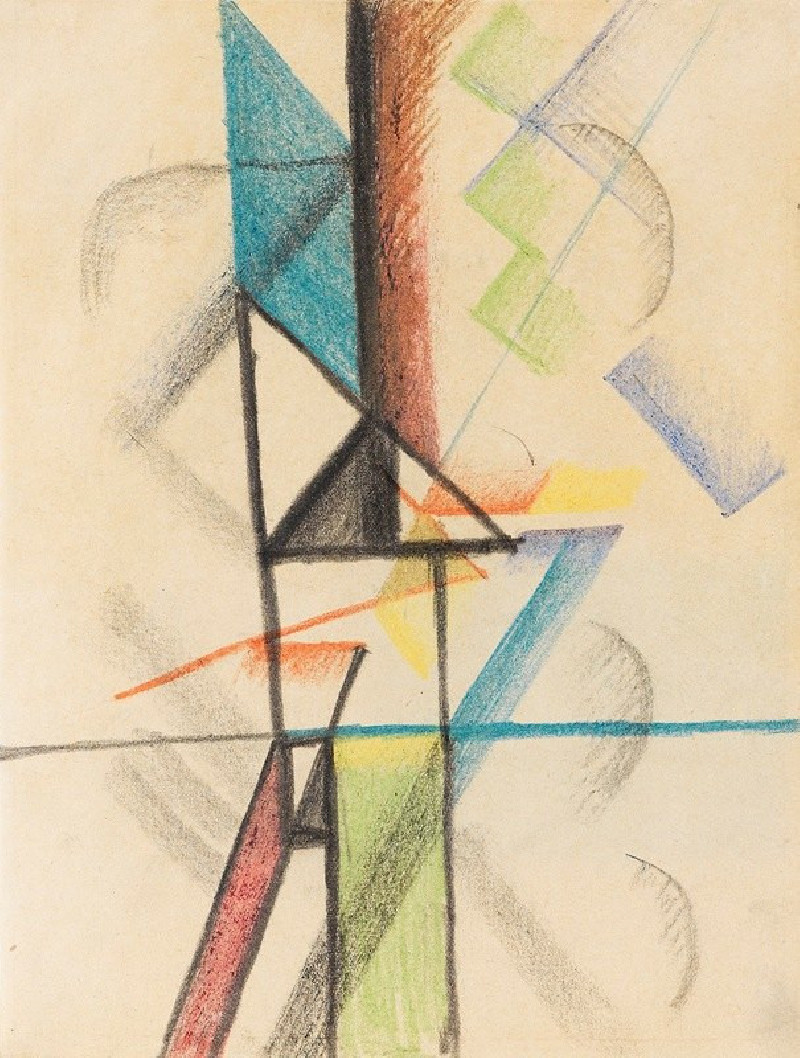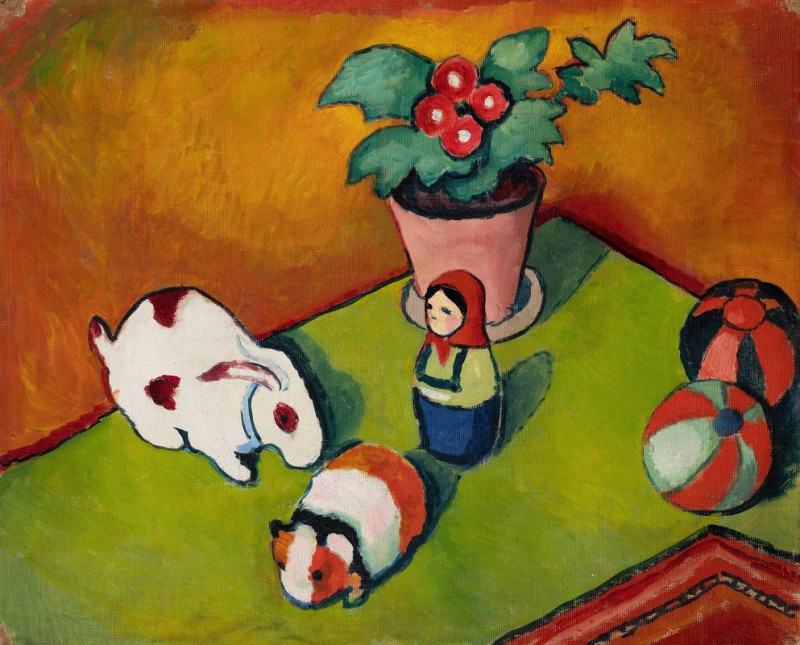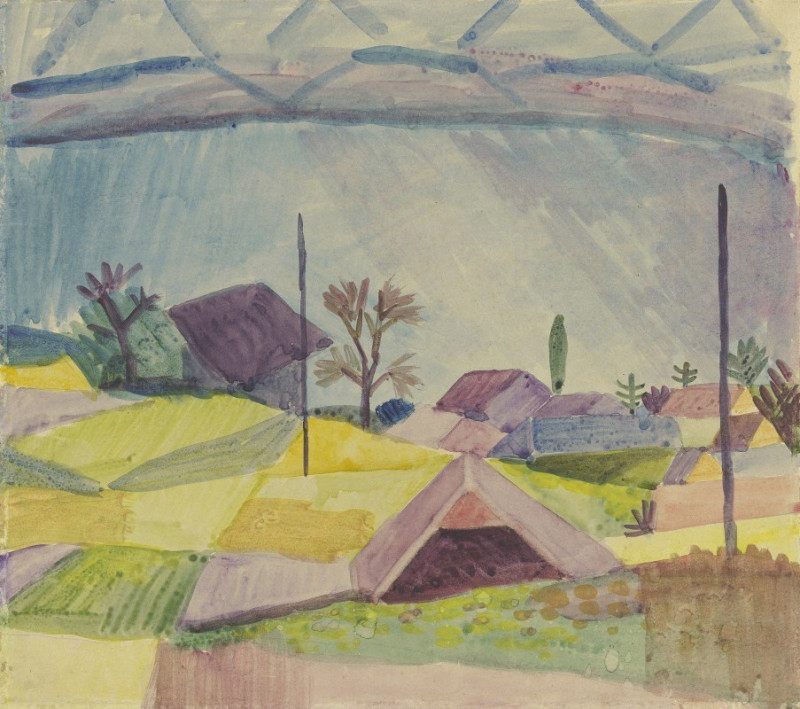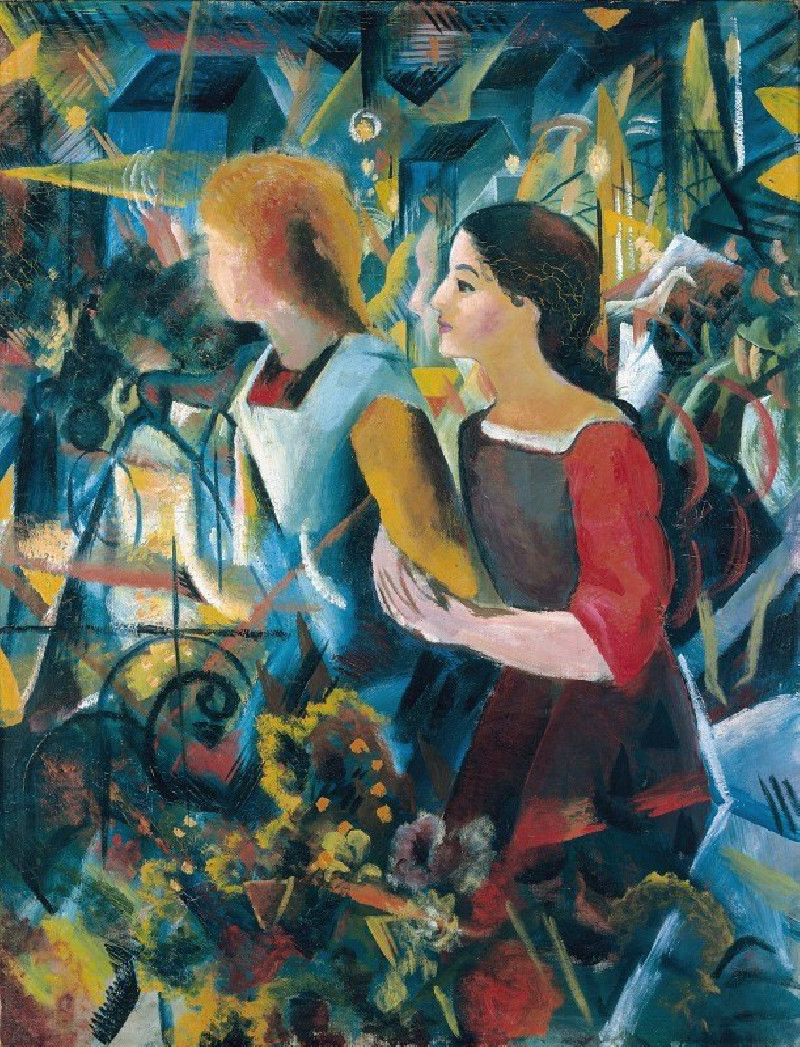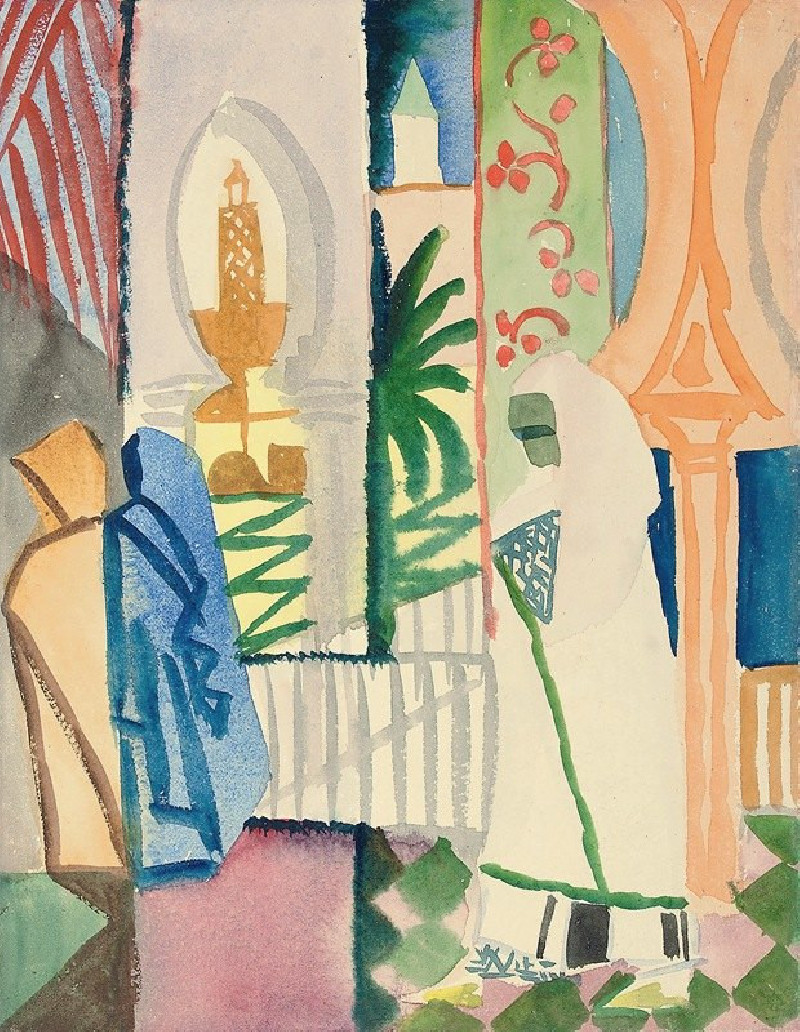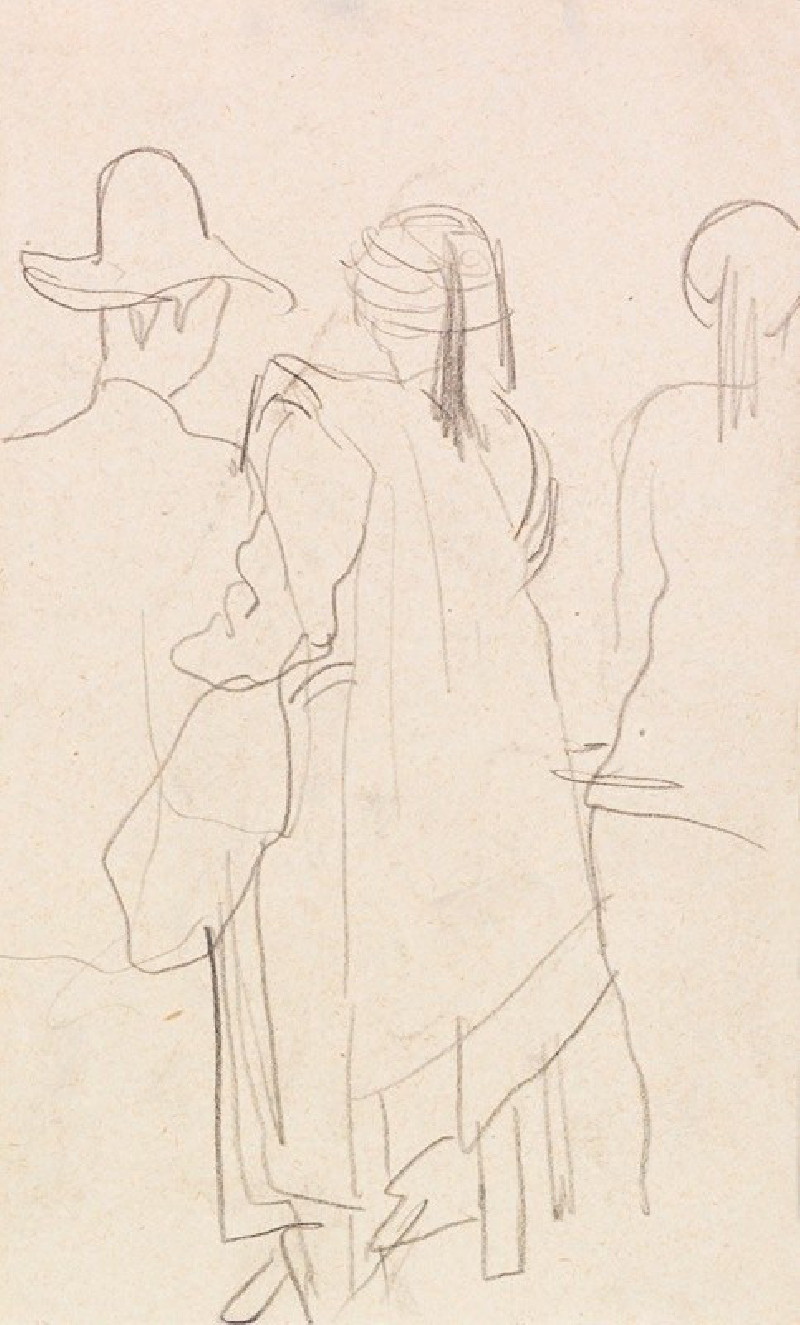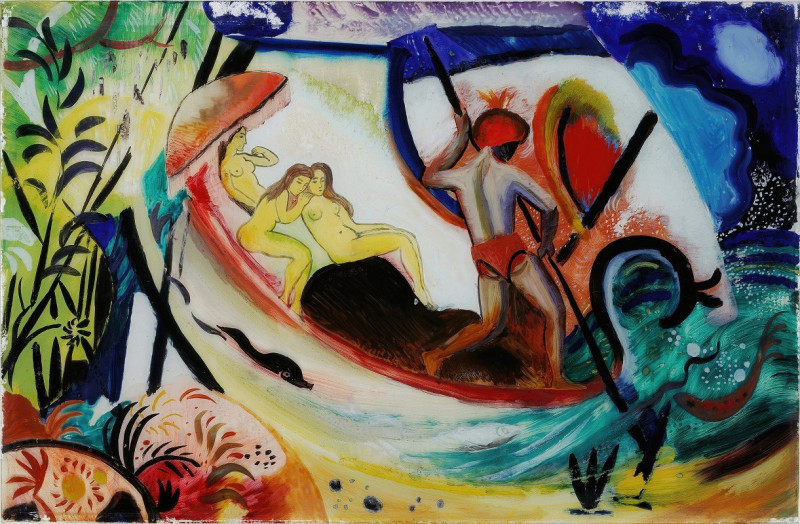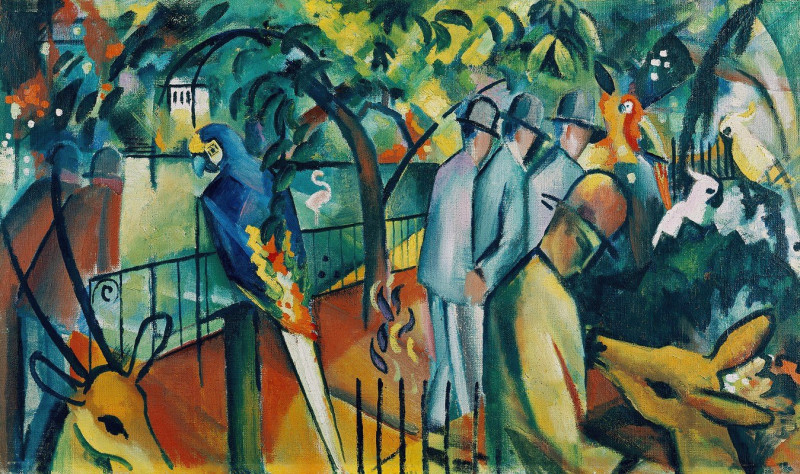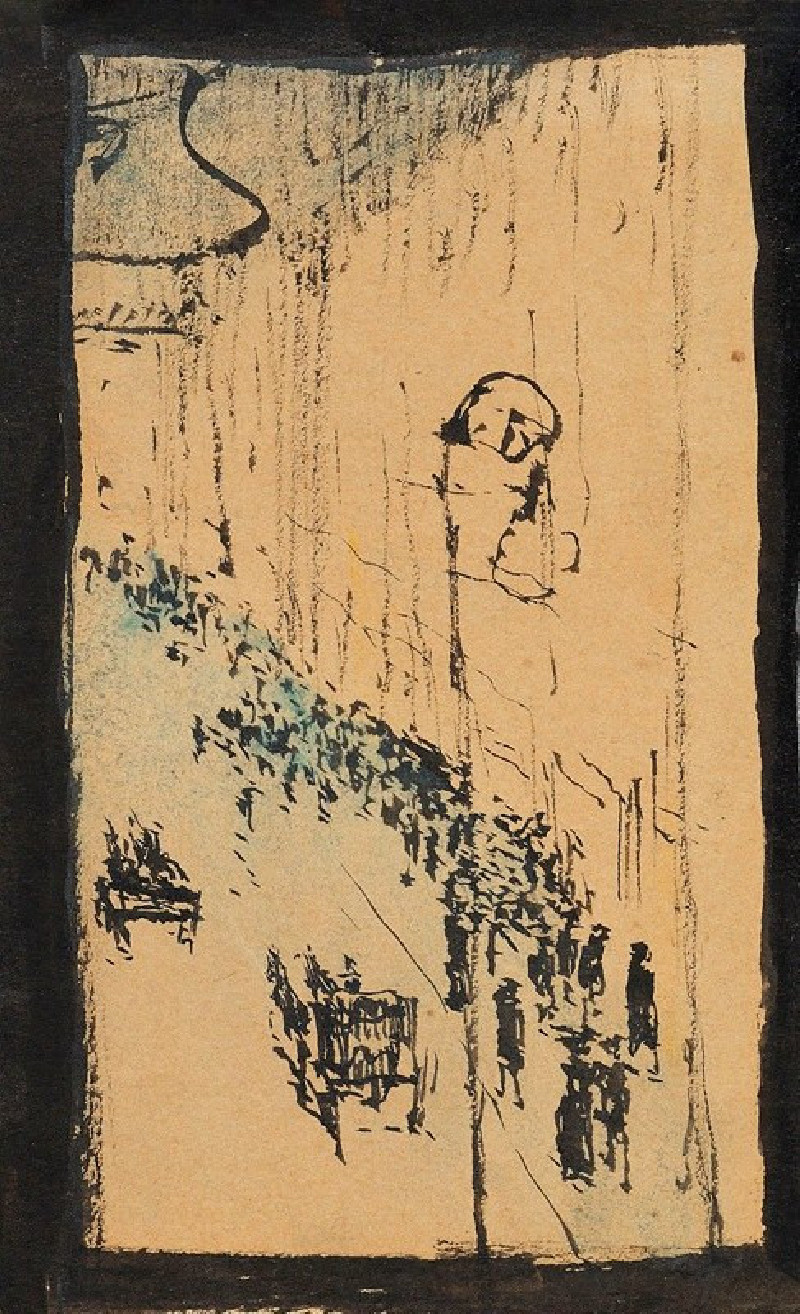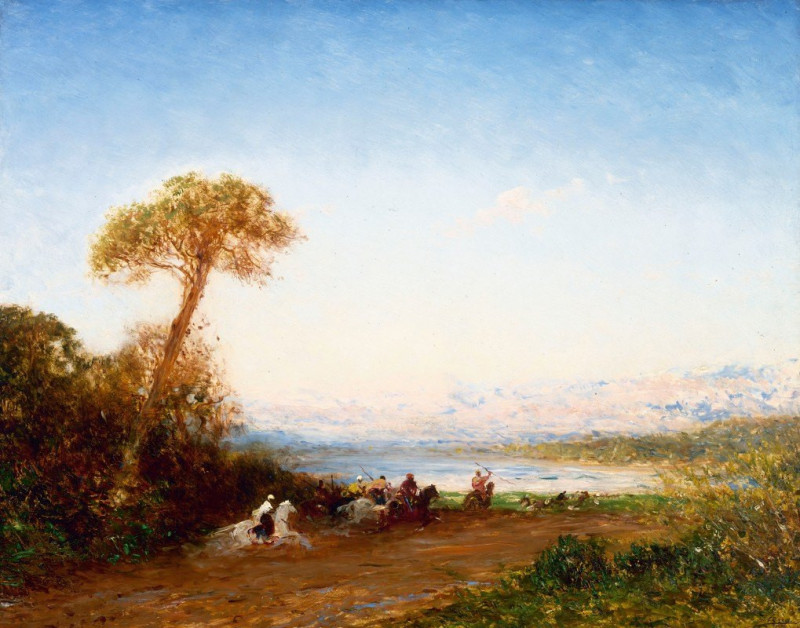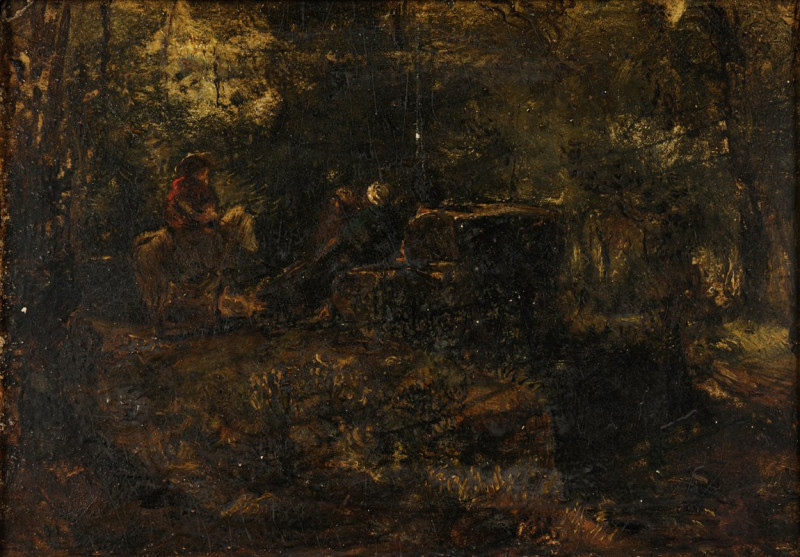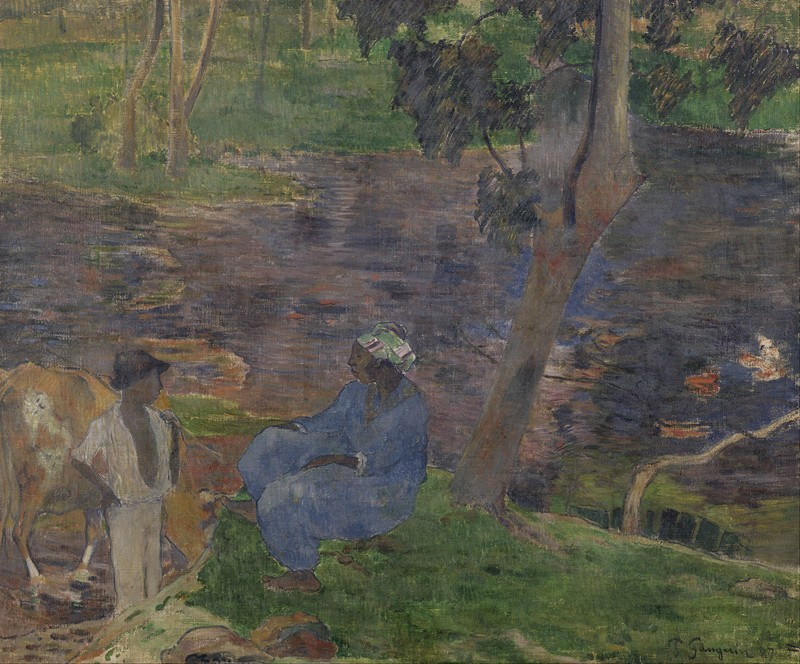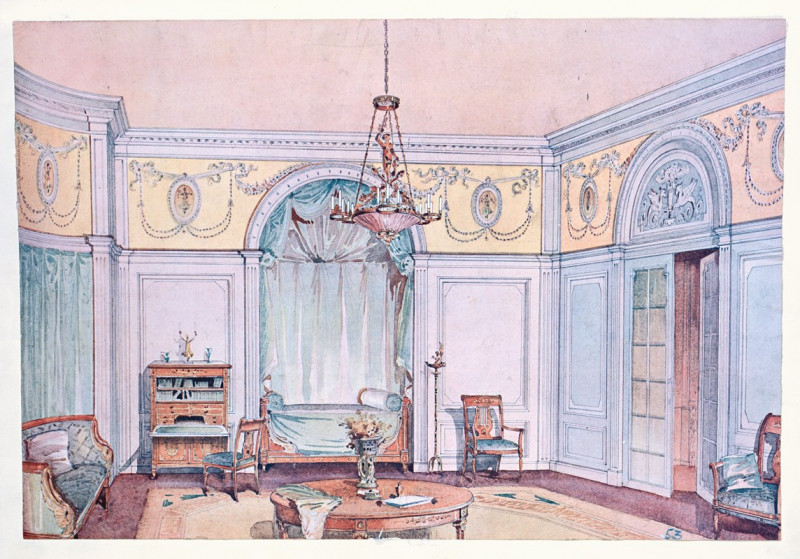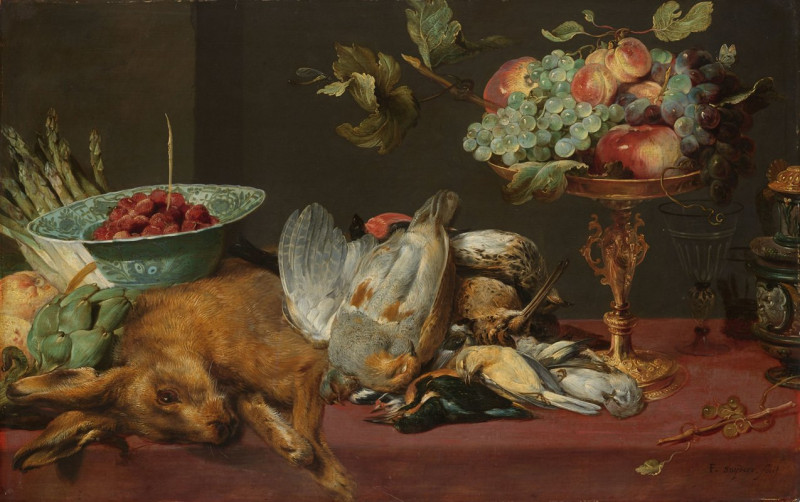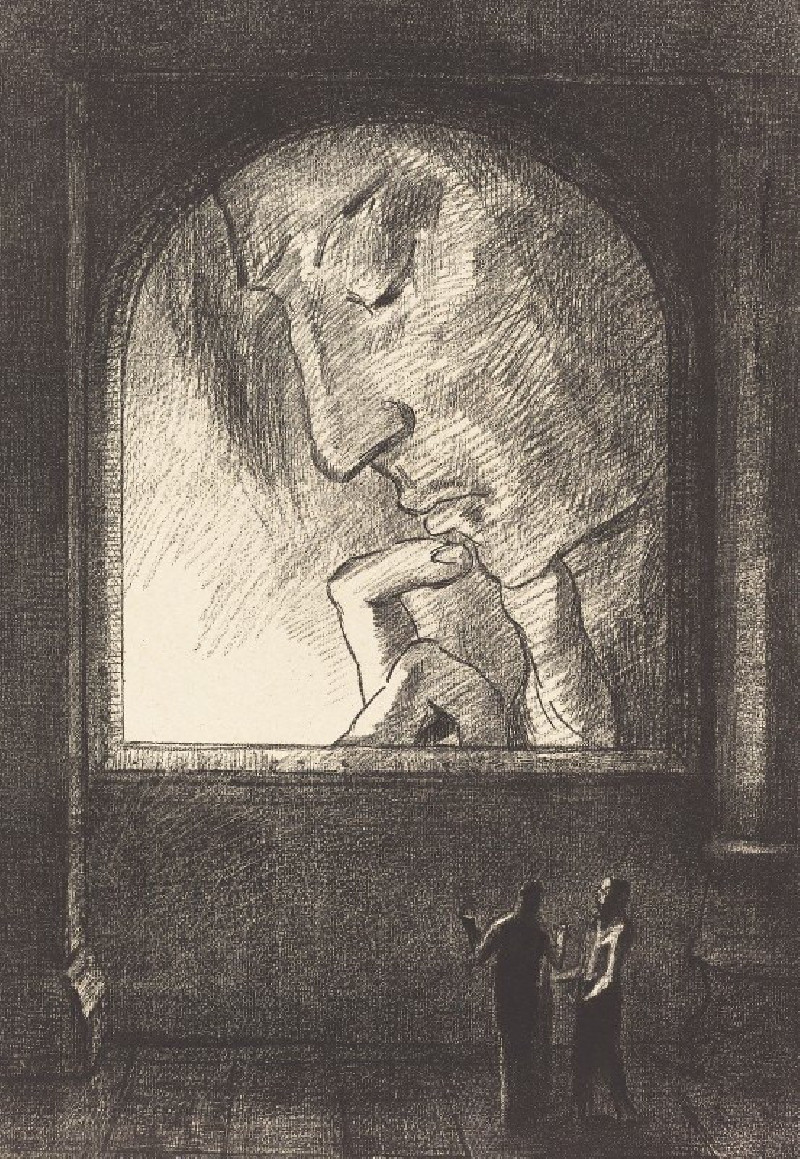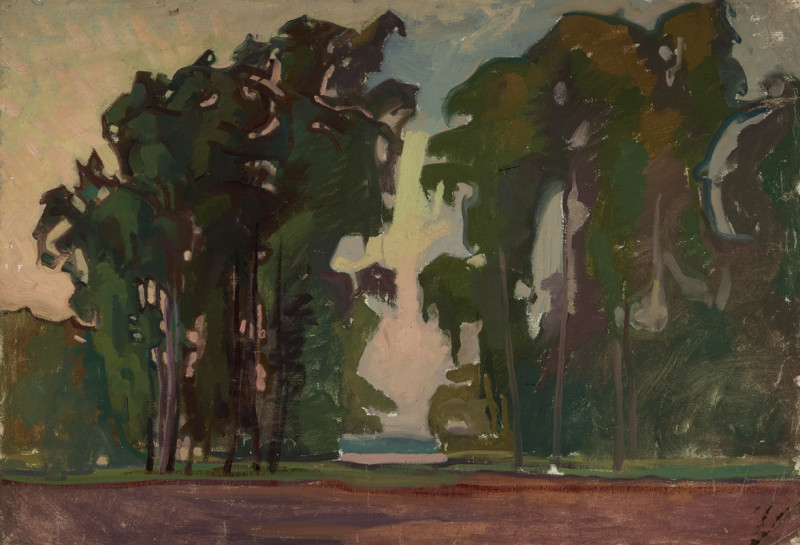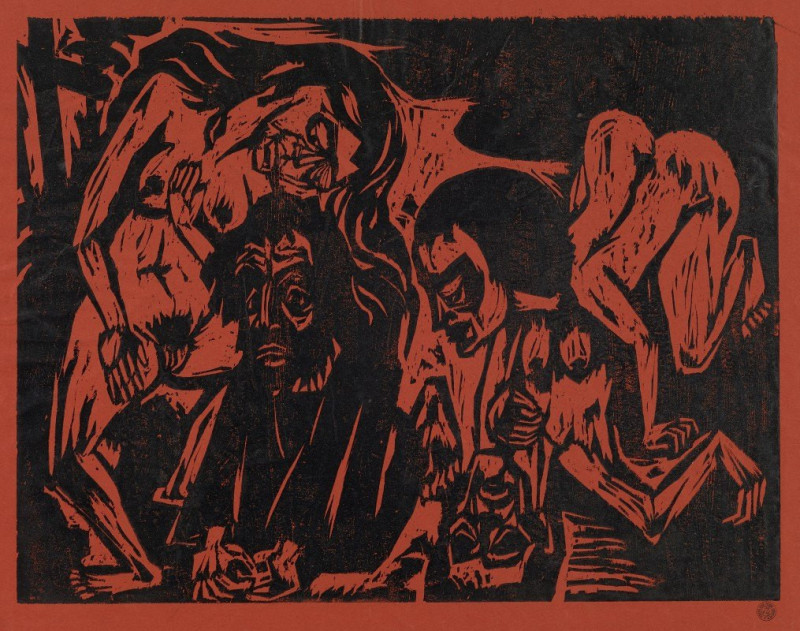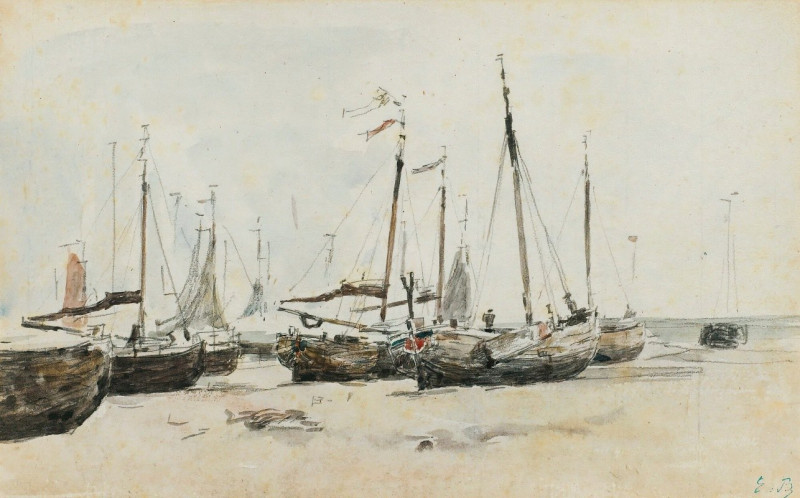Hat shop (1913)
Technique: Giclée quality print
Recommended by our customers
More about this artwork
Capturing the essence of early 20th-century life through vibrant hues and bold compositions, August Macke’s "Hat Shop" (1913) evokes the aesthetic of modernity and the art of the everyday. In this striking painting, viewers find themselves momentarily stepping into a serene, yet intriguing scene set within a hat store.The composition portrays a woman, dressed in a deep blue outfit with a matching hat, examining a display of fashionable hats. Her posture, turned away from the viewer, adds a hint of mystery and engagement, as it prompts one to wonder about her thoughts or choices. The hats themselves are rendered in a striking array of colors—reds, greens, and blacks—presented on stands that draw the eye with their simple but elegant forms.In "Hat Shop", Macke plays with elements of form and color to reflect the interaction between human subjects and their modern environments. The background, featuring abstract patches of color, contrasts with the more sharply defined figure and hats, perhaps highlighting the blend of personal expression and commercial appeal found in such an intimate setting.This painting is a fine illustration of German Expressionism, where emotion and individual perspective take precedence over direct realism. Macke’s use of dynamic colors alongside a seemingly ordinary scene helps transform the mundane into something visually spectacular, inviting viewers to appreciate the fusion of art and everyday life.
Delivery
Returns
August Macke (3 January 1887 – 26 September 1914) was a German Expressionist painter. He was one of the leading members of the German Expressionist group Der Blaue Reiter (The Blue Rider). He lived during a particularly innovative time for German art: he saw the development of the main German Expressionist movements as well as the arrival of the successive avant-garde movements which were forming in the rest of Europe. Like a true artist of his time, Macke knew how to integrate into his painting the elements of the avant-garde which most interested him.

